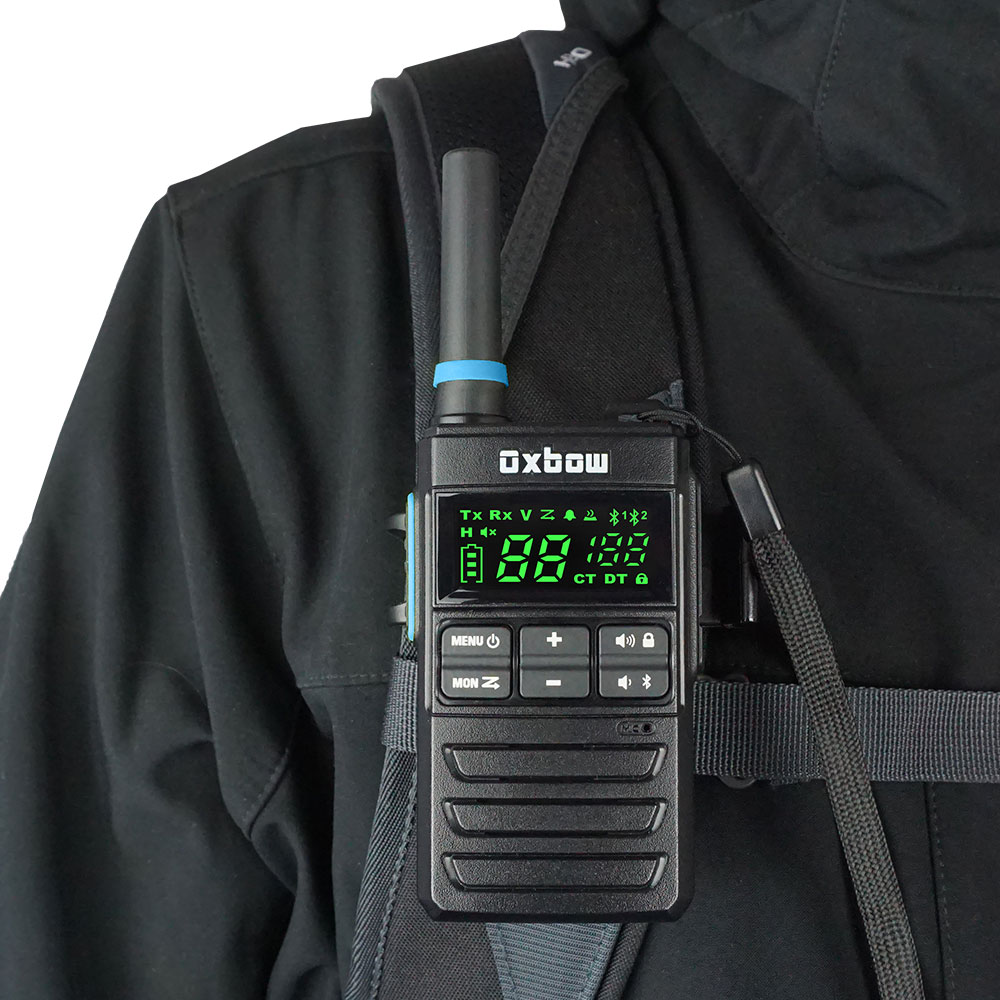Hello, I have a OXBOW radio (Model Renegade X, with bluetooth) for Snowmobiling. I noticed that the transmission volume sent to other radios also to include Bluetooth headphones is very low. I found this very puzzling because I do not understand how the transmission volume of receiving radios could be effected.
Here is a link for sepcs:

 oxbowgear.com
oxbowgear.com
Example 1 of the problem: I transmit a message with the bad radio and the output volume on the receiving good radio is low. Low volume output from the speaker.
Example 2 of the Problem: I have a known good radio in bluetooth pairing and pair that good radio to a set of in helmet headphones. I transmit a message with the bad radio and the volume in the bluetooth headphones is low just like it would be from the radio speaker.
Is this a transmitting amplifier problem with the bad radio??? Im confused and would like to fix this radio.
Here is a link for sepcs:

Renegade Wireless Two Way Radio with Bluetooth | Oxbow Gear
Stay connected with the Renegade Wireless Two Way Radio from Oxbow. Features Bluetooth for seamless, hands-free communication.
Example 1 of the problem: I transmit a message with the bad radio and the output volume on the receiving good radio is low. Low volume output from the speaker.
Example 2 of the Problem: I have a known good radio in bluetooth pairing and pair that good radio to a set of in helmet headphones. I transmit a message with the bad radio and the volume in the bluetooth headphones is low just like it would be from the radio speaker.
Is this a transmitting amplifier problem with the bad radio??? Im confused and would like to fix this radio.
